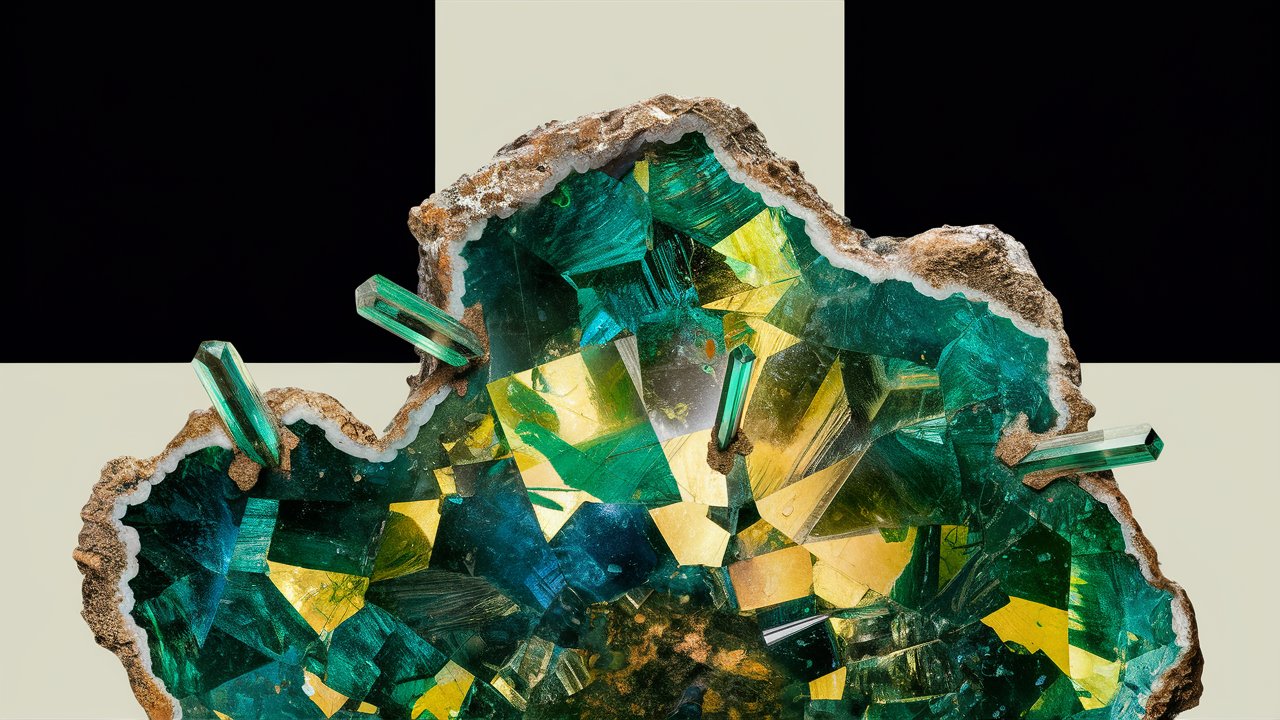
Akrochordite is a rare mineral that often piques curiosity due to its unique properties and fascinating history. Found primarily in Greece and Sweden, this mineral boasts a distinctive appearance with its reddish-brown to yellowish hues. But what exactly makes Akrochordite special? Its chemical composition, for one, is quite intriguing, consisting mainly of magnesium, manganese, and arsenate. This mineral forms in hydrothermal veins, often associated with other minerals like pyrite and quartz. Why should you care about Akrochordite? For collectors and geologists, it's a prized specimen due to its rarity and the challenges involved in locating it. Whether you're a budding geologist or just someone with a keen interest in minerals, learning about Akrochordite can offer a glimpse into the complexities of Earth's geological processes.
What is Akrochordite?
Akrochordite is a rare mineral that fascinates geologists and mineral enthusiasts alike. Its unique properties and formation make it a subject of interest. Here are some intriguing facts about this mineral.
-
Akrochordite was first discovered in 1922. This mineral was found in Langban, Sweden, a site known for its diverse and unique mineral deposits.
-
The name Akrochordite comes from the Greek word "akrochordon," meaning wart. This name was chosen because the mineral often forms in small, wart-like clusters.
-
It belongs to the phosphate mineral group. Phosphates are minerals that contain the phosphate ion (PO4) and are essential for various biological and geological processes.
Physical Properties of Akrochordite
Understanding the physical properties of Akrochordite can help in identifying and studying this mineral. Here are some key characteristics.
-
Akrochordite has a monoclinic crystal system. This means its crystal structure is shaped like a skewed rectangle, with three unequal axes, one of which is inclined.
-
The mineral typically appears in shades of red, brown, or yellow. These colors can vary depending on the specific impurities present in the mineral.
-
It has a Mohs hardness of 3.5 to 4. This makes Akrochordite relatively soft, similar to a copper penny or a fingernail.
Chemical Composition of Akrochordite
The chemical makeup of Akrochordite is complex and fascinating. Here are some details about its composition.
-
Akrochordite's chemical formula is MgMn4(AsO4)2(OH)4·4H2O. This indicates it contains magnesium, manganese, arsenate, hydroxide, and water molecules.
-
It is classified as a hydrated arsenate mineral. The presence of water molecules in its structure is a defining characteristic.
-
The mineral can contain trace amounts of other elements. These can include iron, calcium, and zinc, which can influence its color and properties.
Formation and Occurrence of Akrochordite
Akrochordite forms under specific geological conditions. Here are some facts about its formation and where it can be found.
-
It typically forms in hydrothermal environments. These are areas where hot, mineral-rich water interacts with rocks, leading to the formation of various minerals.
-
Akrochordite is often found in association with other arsenate minerals. These can include minerals like erythrite, annabergite, and scorodite.
-
The mineral is primarily found in a few locations worldwide. Besides Langban, Sweden, it has been discovered in Germany, Italy, and the United States.
Uses and Significance of Akrochordite
While not widely used in industry, Akrochordite has significance in other areas. Here are some interesting points.
-
Akrochordite is mainly of interest to mineral collectors and researchers. Its rarity and unique properties make it a valuable addition to mineral collections.
-
It can provide insights into hydrothermal processes. Studying Akrochordite helps geologists understand the conditions under which it forms and the geological history of its locations.
-
The mineral has no significant industrial applications. Due to its rarity and specific formation conditions, it is not used in commercial products or processes.
The Final Word on Akrochordite
Akrochordite, a rare mineral, captivates with its unique properties and fascinating history. Found in only a few locations worldwide, this mineral's distinctive appearance and composition make it a subject of interest for geologists and collectors alike. Its name, derived from the Greek word for "wart," hints at its bumpy texture, adding to its allure.
Understanding akrochordite's formation and characteristics not only enriches our knowledge of Earth's geological processes but also highlights the diversity of minerals found in nature. Whether you're a seasoned mineralogist or just curious about the natural world, akrochordite offers a glimpse into the complexity and beauty of our planet's crust.
So next time you come across a mineral collection, keep an eye out for this intriguing specimen. It might just spark a newfound appreciation for the wonders hidden beneath our feet.
Was this page helpful?
Our commitment to delivering trustworthy and engaging content is at the heart of what we do. Each fact on our site is contributed by real users like you, bringing a wealth of diverse insights and information. To ensure the highest standards of accuracy and reliability, our dedicated editors meticulously review each submission. This process guarantees that the facts we share are not only fascinating but also credible. Trust in our commitment to quality and authenticity as you explore and learn with us.


